Yanping Wu
Free Energy-Inspired Cognitive Risk Integration for AV Navigation in Pedestrian-Rich Environments
Jul 28, 2025



Abstract:Recent advances in autonomous vehicle (AV) behavior planning have shown impressive social interaction capabilities when interacting with other road users. However, achieving human-like prediction and decision-making in interactions with vulnerable road users remains a key challenge in complex multi-agent interactive environments. Existing research focuses primarily on crowd navigation for small mobile robots, which cannot be directly applied to AVs due to inherent differences in their decision-making strategies and dynamic boundaries. Moreover, pedestrians in these multi-agent simulations follow fixed behavior patterns that cannot dynamically respond to AV actions. To overcome these limitations, this paper proposes a novel framework for modeling interactions between the AV and multiple pedestrians. In this framework, a cognitive process modeling approach inspired by the Free Energy Principle is integrated into both the AV and pedestrian models to simulate more realistic interaction dynamics. Specifically, the proposed pedestrian Cognitive-Risk Social Force Model adjusts goal-directed and repulsive forces using a fused measure of cognitive uncertainty and physical risk to produce human-like trajectories. Meanwhile, the AV leverages this fused risk to construct a dynamic, risk-aware adjacency matrix for a Graph Convolutional Network within a Soft Actor-Critic architecture, allowing it to make more reasonable and informed decisions. Simulation results indicate that our proposed framework effectively improves safety, efficiency, and smoothness of AV navigation compared to the state-of-the-art method.
Iterative Feature Space Optimization through Incremental Adaptive Evaluation
Jan 24, 2025
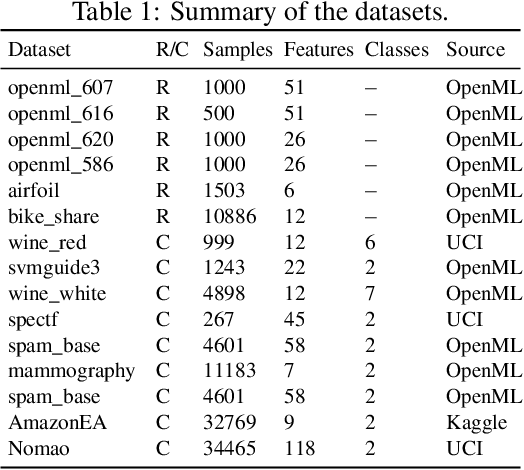
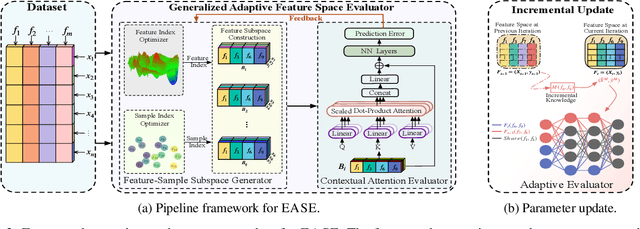
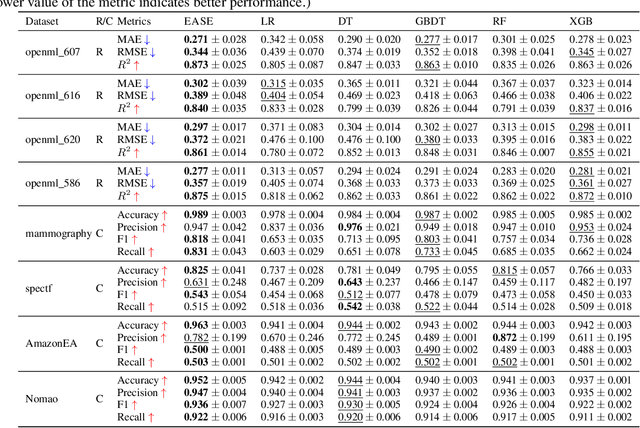
Abstract:Iterative feature space optimization involves systematically evaluating and adjusting the feature space to improve downstream task performance. However, existing works suffer from three key limitations:1) overlooking differences among data samples leads to evaluation bias; 2) tailoring feature spaces to specific machine learning models results in overfitting and poor generalization; 3) requiring the evaluator to be retrained from scratch during each optimization iteration significantly reduces the overall efficiency of the optimization process. To bridge these gaps, we propose a gEneralized Adaptive feature Space Evaluator (EASE) to efficiently produce optimal and generalized feature spaces. This framework consists of two key components: Feature-Sample Subspace Generator and Contextual Attention Evaluator. The first component aims to decouple the information distribution within the feature space to mitigate evaluation bias. To achieve this, we first identify features most relevant to prediction tasks and samples most challenging for evaluation based on feedback from the subsequent evaluator. This decoupling strategy makes the evaluator consistently target the most challenging aspects of the feature space. The second component intends to incrementally capture evolving patterns of the feature space for efficient evaluation. We propose a weighted-sharing multi-head attention mechanism to encode key characteristics of the feature space into an embedding vector for evaluation. Moreover, the evaluator is updated incrementally, retaining prior evaluation knowledge while incorporating new insights, as consecutive feature spaces during the optimization process share partial information. Extensive experiments on fourteen real-world datasets demonstrate the effectiveness of the proposed framework. Our code and data are publicly available.
Fingerprint Classification Based on Depth Neural Network
Sep 18, 2014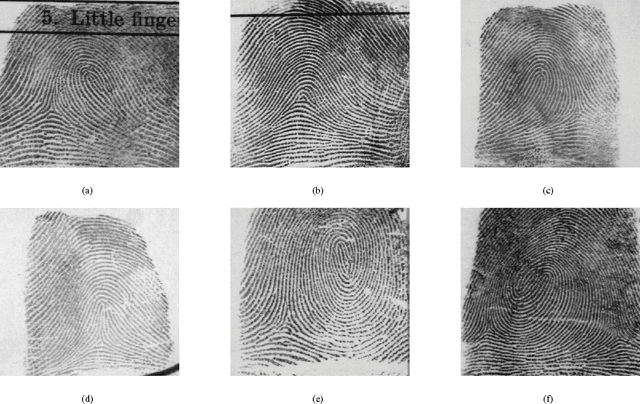


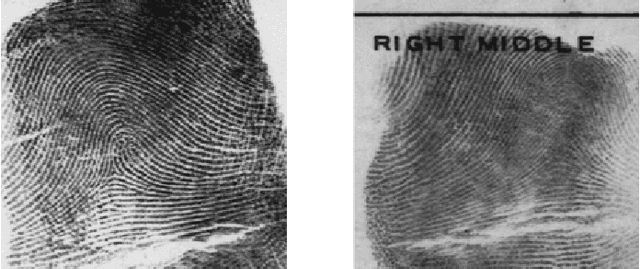
Abstract:Fingerprint classification is an effective technique for reducing the candidate numbers of fingerprints in the stage of matching in automatic fingerprint identification system (AFIS). In recent years, deep learning is an emerging technology which has achieved great success in many fields, such as image processing, natural language processing and so on. In this paper, we only choose the orientation field as the input feature and adopt a new method (stacked sparse autoencoders) based on depth neural network for fingerprint classification. For the four-class problem, we achieve a classification of 93.1 percent using the depth network structure which has three hidden layers (with 1.8% rejection) in the NIST-DB4 database. And then we propose a novel method using two classification probabilities for fuzzy classification which can effectively enhance the accuracy of classification. By only adjusting the probability threshold, we get the accuracy of classification is 96.1% (setting threshold is 0.85), 97.2% (setting threshold is 0.90) and 98.0% (setting threshold is 0.95). Using the fuzzy method, we obtain higher accuracy than other methods.
 Add to Chrome
Add to Chrome Add to Firefox
Add to Firefox Add to Edge
Add to Edge